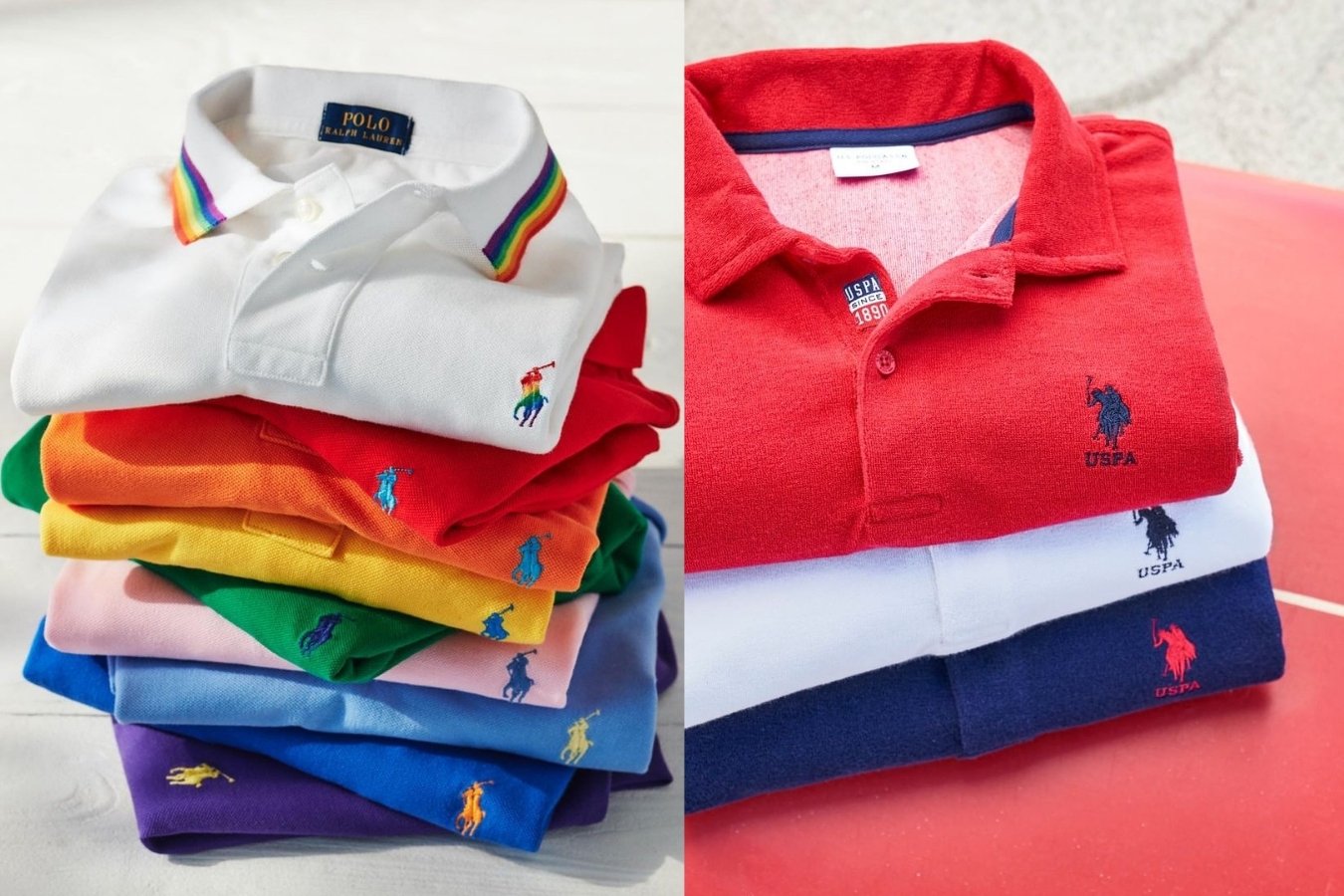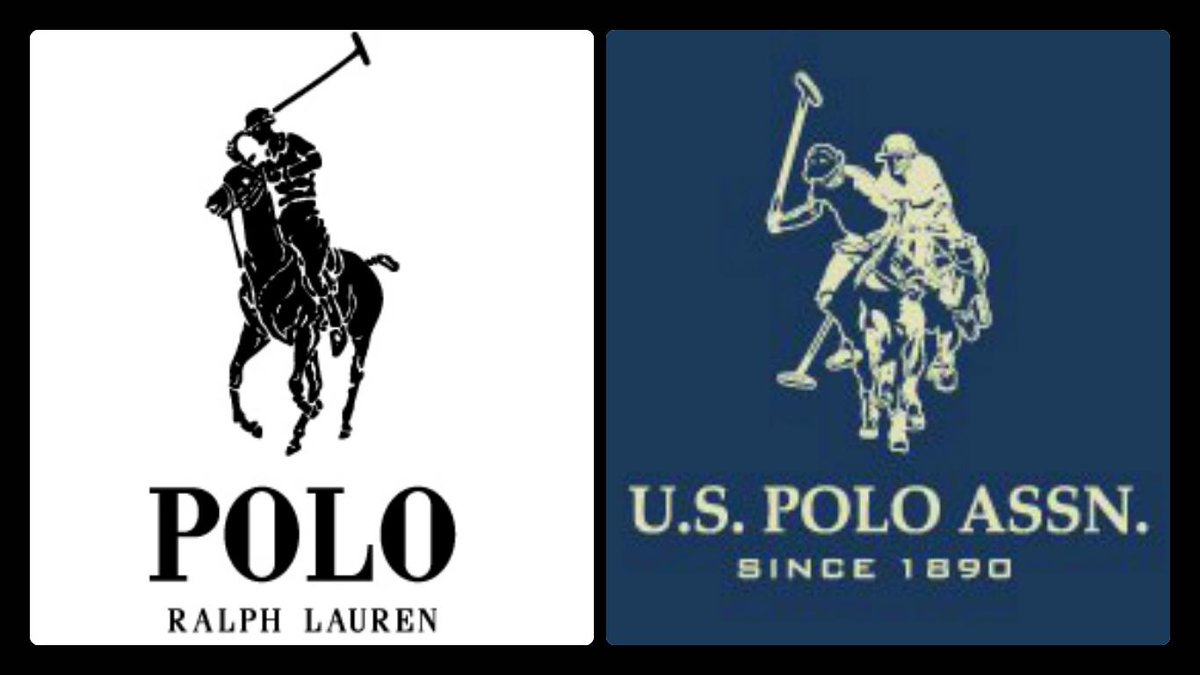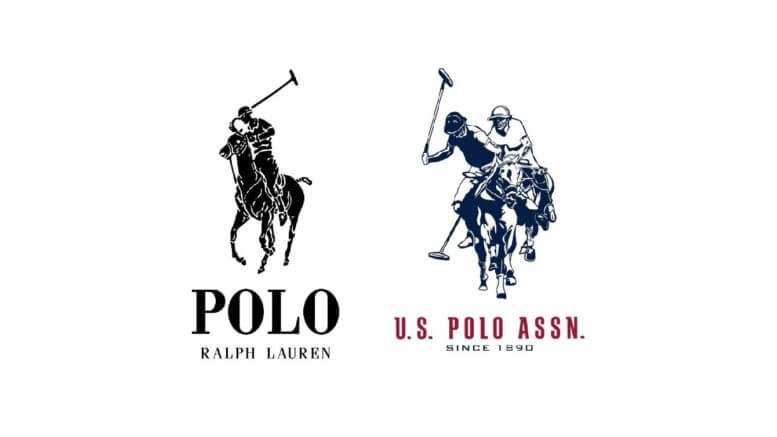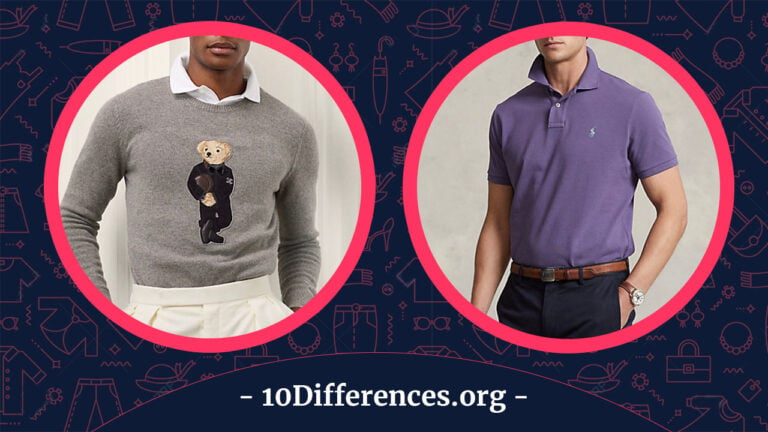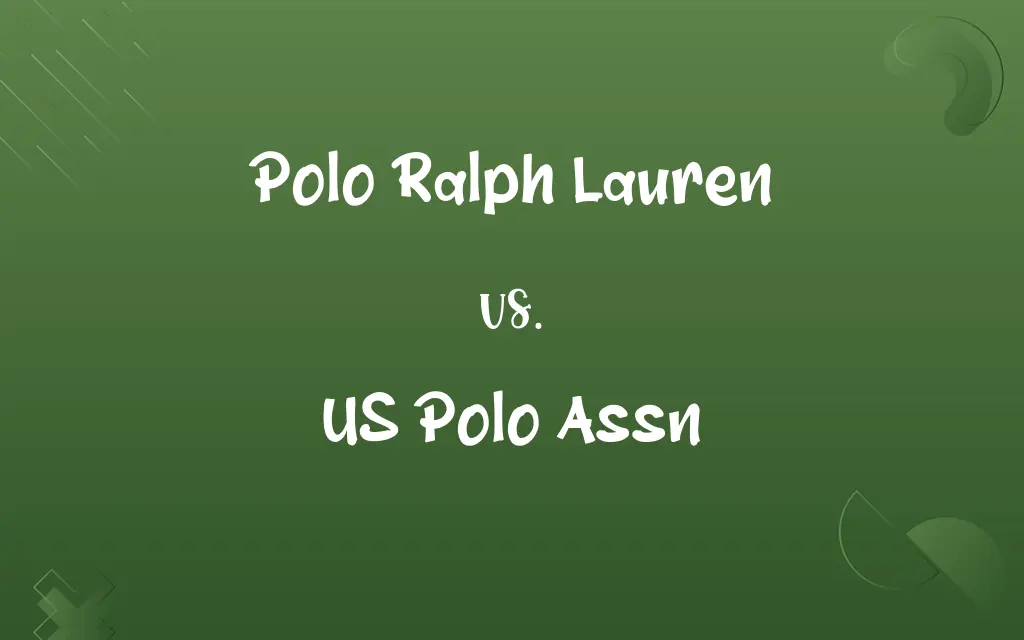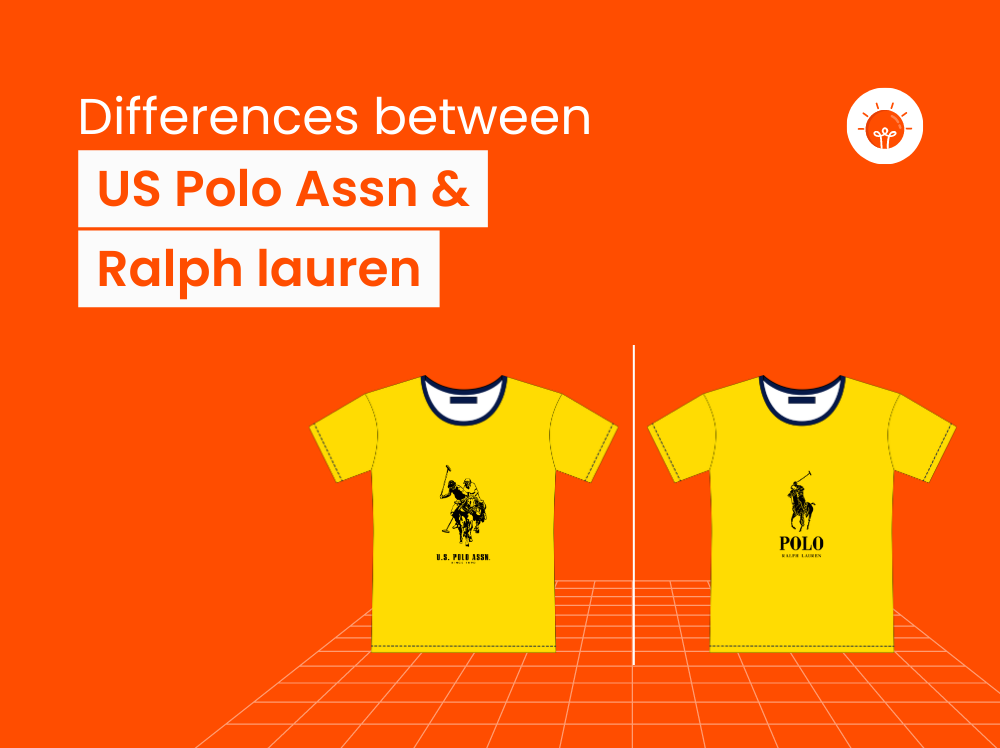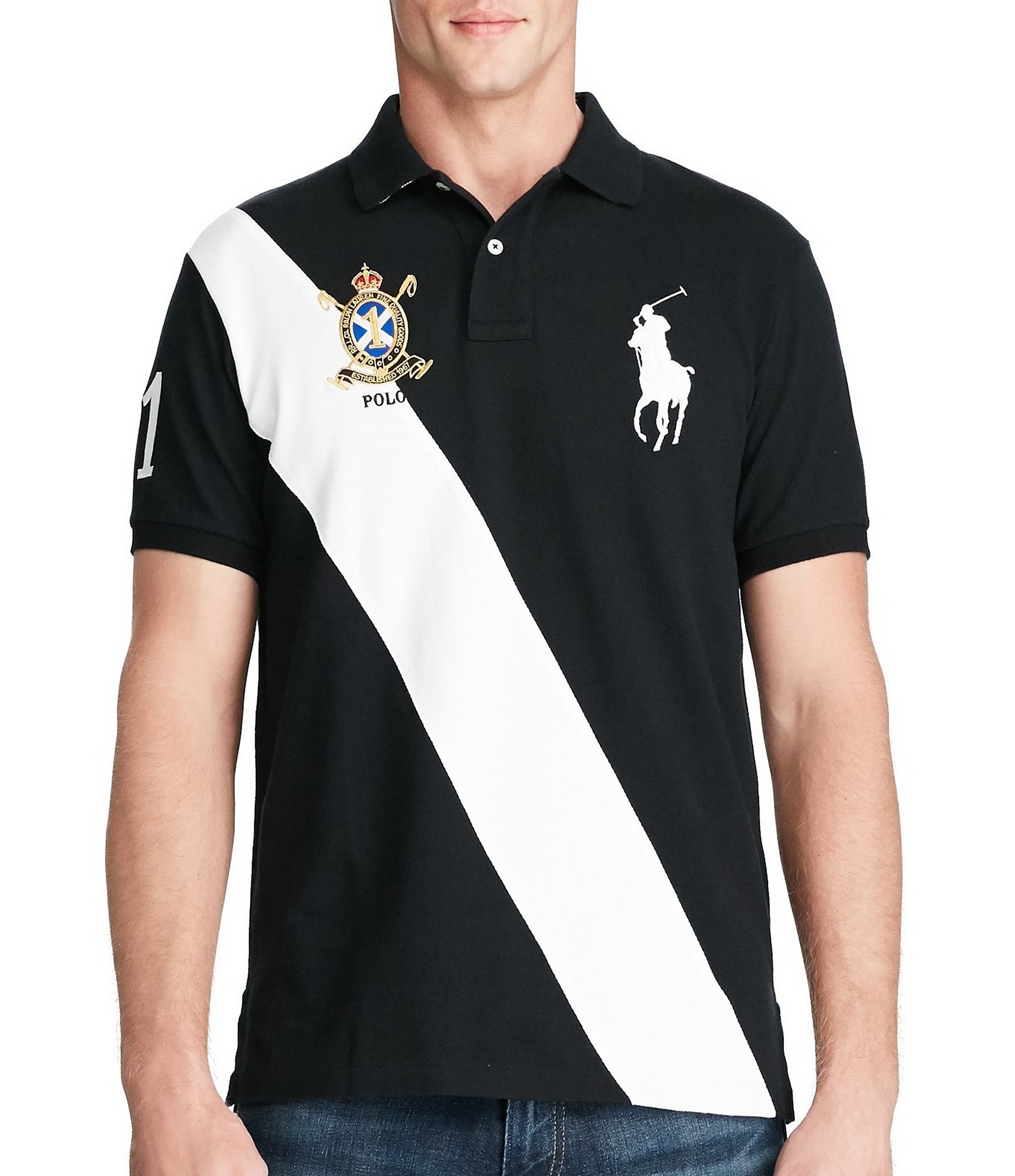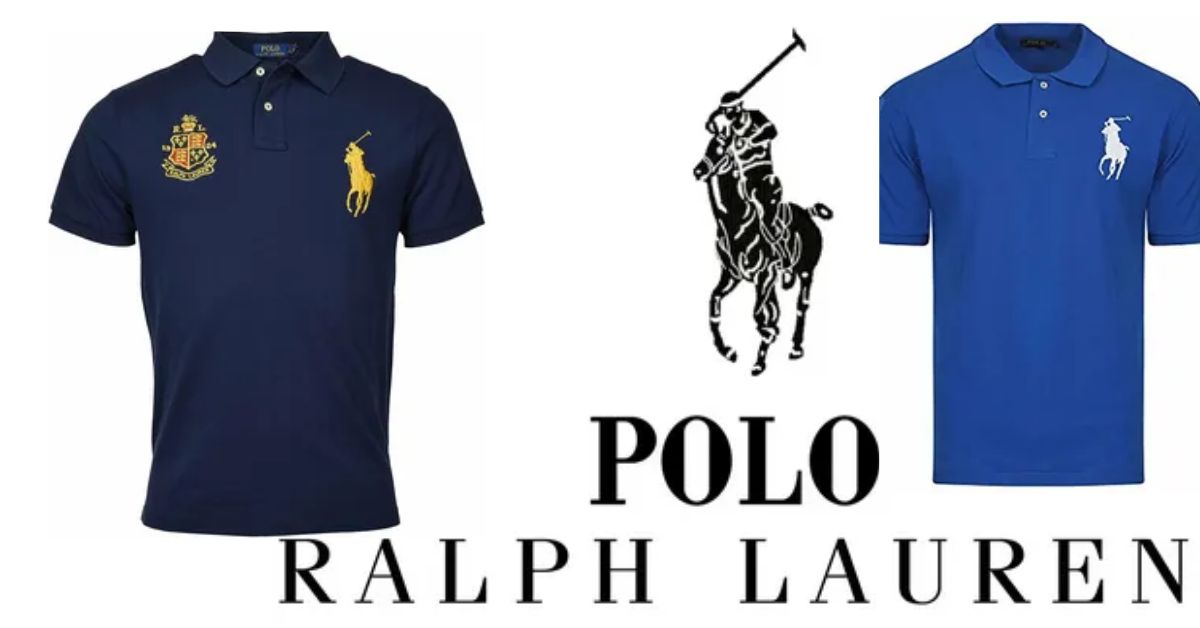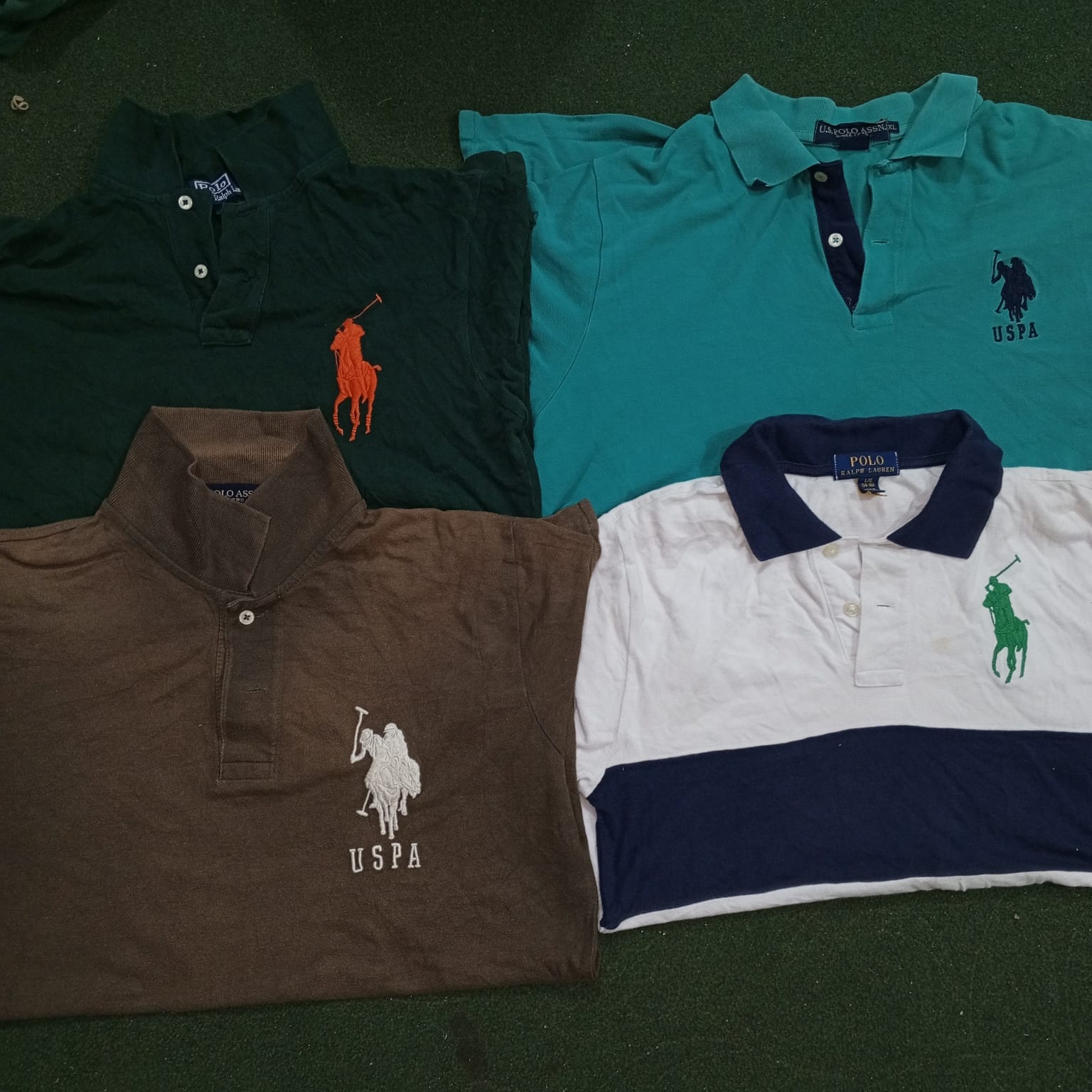Polo Ralph Lauren And Polo Assn

The intertwined histories and distinct identities of Polo Ralph Lauren and Polo Assn. continue to create both brand recognition and consumer confusion in the apparel market. While both brands evoke a sense of classic Americana and equestrian style, their ownership, target demographics, and pricing strategies differ significantly, leading to ongoing legal battles and market navigation complexities.
This article examines the relationship between these two brands, exploring their origins, differences, legal disputes, and market positioning.
Origins and Brand Identity
Polo Ralph Lauren, founded in 1967 by Ralph Lauren, quickly established itself as a luxury lifestyle brand. It's known for its high-quality materials, sophisticated designs, and aspirational marketing campaigns.
The brand's signature polo shirt became an instant classic, symbolizing a preppy and affluent lifestyle. Over the years, Ralph Lauren expanded its product line to include clothing, accessories, home goods, and fragrances, all reflecting the brand's core values of timeless elegance and American heritage.
Polo Assn., formally known as the United States Polo Association (USPA) brand, has a different origin story. The USPA, the governing body for the sport of polo in the United States since 1890, licenses the Polo Assn. brand for apparel and accessories.
The brand's mission is to support the sport of polo and provide affordable, accessible clothing inspired by the sport's heritage. It aims at a broader consumer base, offering a more budget-friendly alternative to Polo Ralph Lauren.
Key Differences: Ownership, Target Market, and Price Point
The most significant distinction between the two brands lies in their ownership and positioning. Polo Ralph Lauren is a publicly traded company (NYSE: RL), managed and controlled by Ralph Lauren Corporation.
Polo Assn., on the other hand, is licensed by the USPA and produced by various manufacturers under license agreements. This difference in structure directly impacts their target markets and pricing strategies.
Polo Ralph Lauren targets affluent consumers who are willing to pay a premium for quality, design, and brand prestige. Their products are typically sold in high-end department stores, boutiques, and Ralph Lauren's own retail locations.
Polo Assn. caters to a more budget-conscious customer base, offering apparel and accessories at a significantly lower price point. Their products are widely available in mid-tier department stores, outlet malls, and online retailers.
The price difference can be substantial, with a Ralph Lauren polo shirt often costing several times more than a similar item from Polo Assn.. This disparity reflects the brands' distinct positioning and marketing strategies.
Legal Battles and Trademark Disputes
The similarity in brand names and logos has led to numerous legal battles between Polo Ralph Lauren and the USPA over the years. Ralph Lauren has consistently argued that Polo Assn.'s use of the word "Polo" and equestrian imagery infringes on its trademarks and creates consumer confusion.
These legal disputes have spanned decades, with Ralph Lauren seeking to protect its brand identity and prevent Polo Assn. from benefiting from its reputation. The courts have often grappled with the issue of whether Polo Assn.'s use of the term "Polo" is descriptive of the sport or creates an association with the Ralph Lauren brand in consumers' minds.
While Ralph Lauren has achieved some legal victories, Polo Assn. has generally been allowed to continue using its name and logo, albeit with certain restrictions. These restrictions often involve clarifying the brand's association with the USPA and avoiding marketing practices that might suggest a direct affiliation with Ralph Lauren.
Market Impact and Consumer Perception
The ongoing presence of both Polo Ralph Lauren and Polo Assn. in the market impacts consumer perception and purchasing decisions. Some consumers may be unaware of the differences between the brands, leading to confusion or mistaken assumptions about quality and price.
Others may deliberately choose Polo Assn. as a more affordable alternative to Ralph Lauren, seeking a similar aesthetic without the premium price tag. Still others remain loyal to Ralph Lauren, valuing the brand's heritage, quality, and status symbol.
The two brands' coexistence has also created a competitive dynamic in the apparel market. Polo Assn.'s presence puts pressure on Ralph Lauren to maintain its brand exclusivity and justify its higher prices.
The Future of the Brands
The future of Polo Ralph Lauren and Polo Assn. will likely involve continued efforts to differentiate their brands and manage consumer perception. Ralph Lauren will likely focus on strengthening its luxury positioning and expanding its reach in emerging markets.
Polo Assn. may continue to emphasize its affordability and accessibility, while also highlighting its connection to the sport of polo. Ongoing legal battles and trademark disputes are also likely to remain a factor in the relationship between the two brands.
Ultimately, the success of both Polo Ralph Lauren and Polo Assn. will depend on their ability to clearly define their brand identities, target their respective markets effectively, and navigate the complexities of the global apparel industry.
The consumer ultimately decides, and the market reflects the choices made everyday on what brand best represents their needs and aspirations.
